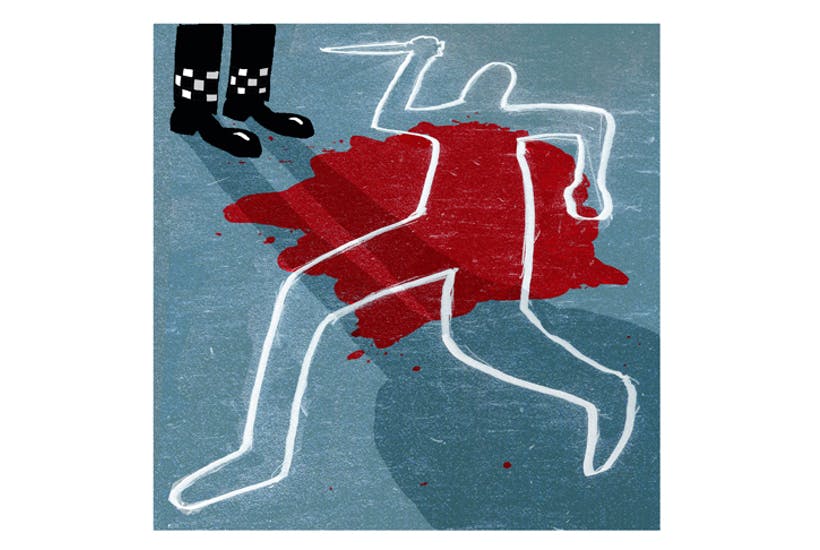In spite of our Black Lives Matter moment, there is a serious injustice that persistently affects young black men living in our inner cities and which is almost never discussed. It is the risk of over-conviction created by the current law of homicide and its disproportionate impact on black and ethnic minority defendants.
Homicide law in England and Wales is a mess. The offence of murder, which is our most serious homicide offence as opposed to manslaughter, requires that a defendant kills unlawfully with the intent to do at least serious bodily harm to his victim. If the defendant intended to do less than serious bodily harm then he ought to be convicted of manslaughter. But manslaughter is not always left as an alternative count for a jury to consider. This means that large numbers of defendants, all of whom may be accused of different degrees of violent behaviour, can end up accused of murdering a single person. This is compounded by the doctrine of ‘joint enterprise’ which draws large numbers of defendants into a case on the basis that they intended to ‘encourage or assist’ the commission of an offence.
There are many kinds of murder and many kinds of murderer
The Law Commission proposed reform of the law of murder in 2006. This included the introduction of degrees of murder, comparable to many states in the USA. First degree murder involves intending to kill and planning to do so. Second degree murder would reflect that a defendant did not plan to kill, but intended to do serious harm. There would be lesser gradations of second degree murder to reflect differing levels of seriousness. First degree murder would carry a mandatory life sentence, second degree murder would carry a discretionary life sentence, with other possibilities available to the sentencing judge. The Coroners and Justice Act of 2009 adopted some of the commission’s recommendations but left the structure of murder intact.
There are many kinds of murder and many kinds of murderer. But young ethnic minority men, living in cities, are disproportionately involved in a particular kind of murder. These tend to involve large numbers of defendants targeting smaller groups and lone individuals. Judges like to call these ‘gang crimes’. Often these are just groups of young men from a particular postcode. But it is important to recognise that these trials are very different to other knife murders, which may involve one person being accused of a single act.
These cases require careful advice and honest instructions. The 2016 Lammy Review found that young black men are less likely to plead guilty – suggesting that there is a trust deficit between black defendants and their lawyers. In a murder trial this distrust can be catastrophic. If you don’t trust your lawyer, running a defence which potentially implicates one of your co-defendants is extremely difficult. This mistrust is not always unwarranted. Legal aid lawyers can be derisory in their efforts to build trust with clients, particularly if the clients are seen as uncooperative.
This means that bad decisions can be made about the kind of defence to run. One case I worked on involved a group of men who travelled together in a car to rob a rival drug dealer. A man was sent to meet them by the intended victim. The man ended up shot dead. In the trial, the defendants all claimed that the victim had brought the gun to the car, even though this made little sense on the evidence. They were all following the defence of the man who pulled the trigger who was forced to argue that he acted in self-defence. They all ended up convicted for the same murder despite scant evidence that anyone except the trigger man intended the gun to be used.
This problem can affect the very young. Often, large groups of teenage friends may go looking for someone they intend to attack. One member of the group may go further than others, with the result that the victim dies. The doctrine of joint enterprise means that all defendants will often be held as culpable as the person who yielded the fatal blow. Defendants can be reluctant to be completely honest about who did what. The trial process is capable of considering evidential nuances. But the particular dynamics that emerge in these trials create a real risk of over-conviction.
The Black Lives Matter movement portrays young black men as the perennial victims of the society around them. The men and boys involved in these cases don’t easily fit that narrative. But their cases deserve discussion. The law of homicide creates a risk of injustice which could be resolved by some simple reform. This problem deserves more discussion by the wider movement. So far, it has been largely ignored.






Comments